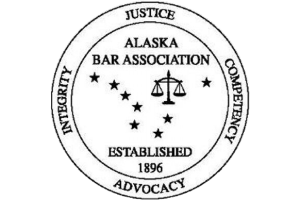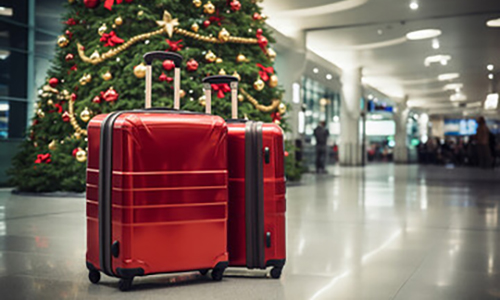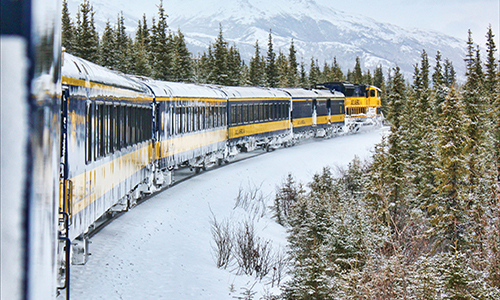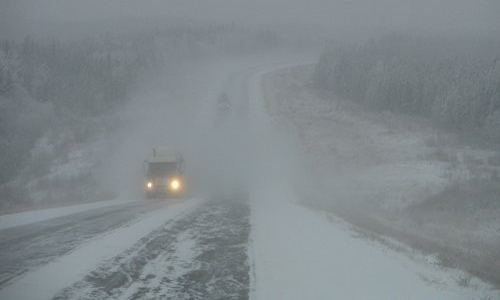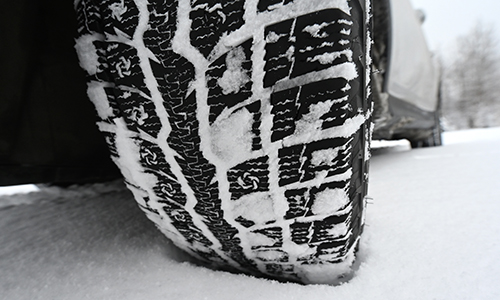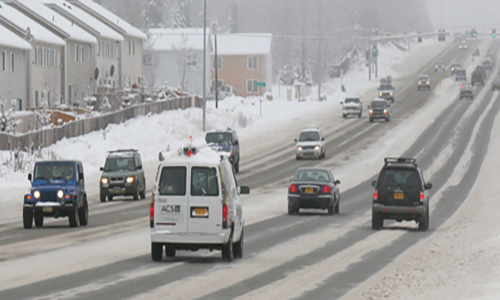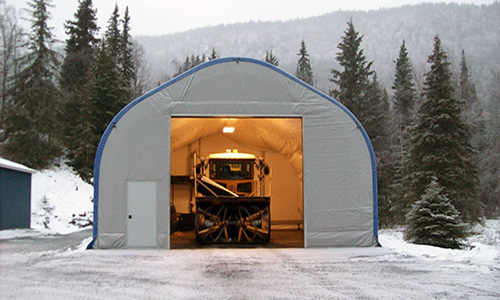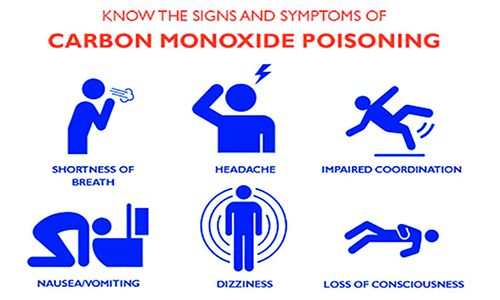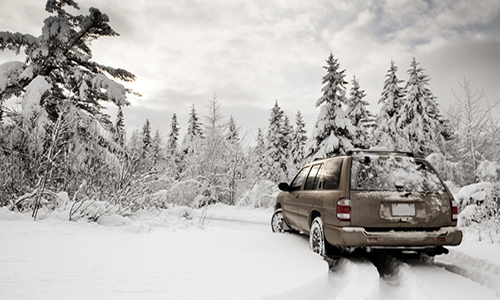Holiday Air Travel – The increase in holiday travel is more than just busier roads. Airports also experience an influx and are often very chaotic this time of year. With the increase in travelers, there are several things to consider when flying over the holiday season. Prepare Before Your Flight Traveling during the holiday season,…
Continue reading ›Blog
Travel Safety – Holiday travel and transportation by bus and train is popular for Alaska. The Alaska railroad connects many parts of the state, making travel across Alaska easier. Several cities also have bus services that run year round to help get people across town. When traveling in Alaska, consider these alternate means of transportation,…
Continue reading ›Toy Safety Month is here. December is National Gift and Toy Safety Month, a crucial awareness campaign during the peak holiday season to remind parents, caregivers, and gift-givers to choose age-appropriate toys, check for safety certifications, avoid hazards like small parts, sharp edges, and long cords, and ensure gifts promote a safe, healthy playtime for…
Continue reading ›Winter Auto Safety – Alaska’s winter is already here. Auto safety through winter vehicle maintenance is a good idea. Extreme temperature changes can affect your car, so it’s important to make sure your car is in working order for winter driving. Stay safer on the road during the winter months with good winter auto safety…
Continue reading ›Winter Tires and Alaska – Preparing your vehicle for driving on Alaskan roadways during the winter is very important. There are a variety of winter tires that help with traction in cold, slippery road conditions. However, there are options besides classic all-season tires. Choosing the correct tires and accessories for winter driving increases safety for you…
Continue reading ›Winter Vehicle Prep – As Alaska rolls into winter, it’s time to prepare your vehicle for winter driving. Vehicle maintenance for every season is important. However, it’s especially important in winter. With dropping temperatures and falling snow, preparing your vehicle is a must. Wiper Blades A good set of wiper blades during the winter is…
Continue reading ›Winter storage – Properly preparing equipment for winter storage is important, even more so in Alaska. Winters in Alaska arrive suddenly and are often unforgiving. Whether you plan to store an ATV, boat, recreational vehicle (RV), motorcycle, or even a lawnmower, know these storage tips before the Alaska winter hits. Engine Maintenance Change the oil…
Continue reading ›Carbon Monoxide – It is now officially wintertime in Alaska. Inevitably every winter, casualties result from this poisoning in Alaska. Fortunately, the effect of these incidents can be minimized or – even better – prevented altogether. What Is Carbon Monoxide Carbon monoxide, also known as the silent killer, is an odorless gas that can enter…
Continue reading ›Winter Driving – Each year, with the onset of significant winter weather, the number of motor vehicle accidents increases. The arrival of winter with slippery, icy road conditions is predictable, however, the level of the driver’s training and skill in the car beside you or behind you is not. Thus, the importance of being an assertive, conscientious,…
Continue reading ›Grateful Friday – I’m Thankful I’m grateful to live in Alaska, where the beauty of the land surrounds me every day. For when we have an abundance of snow that gives me endless opportunities to get out on my snowmachine and enjoy the freedom of the winter landscape. Most of all, I’m thankful for my…
Continue reading ›




